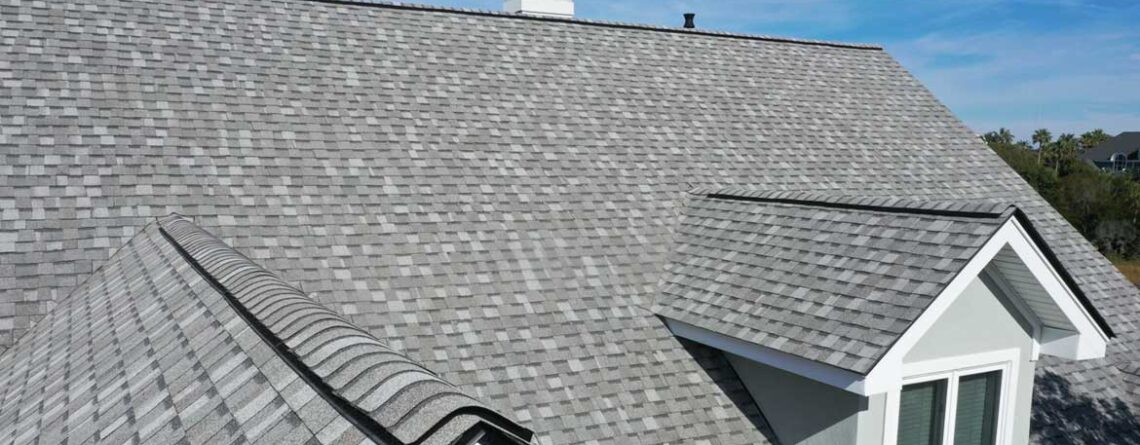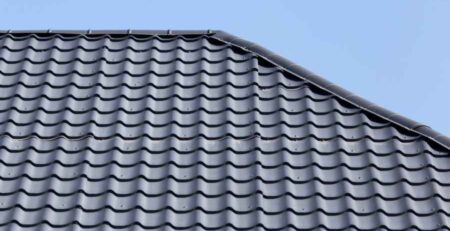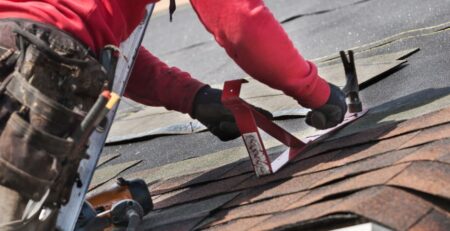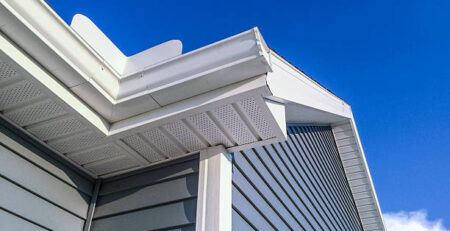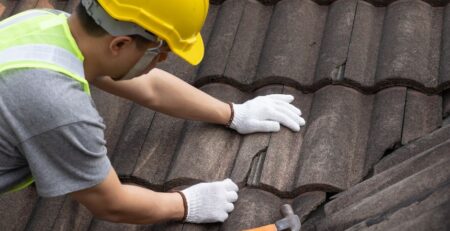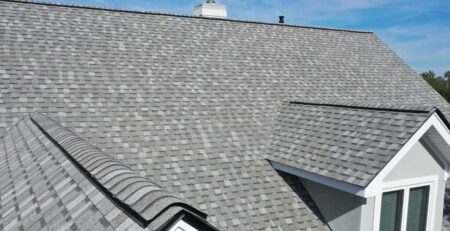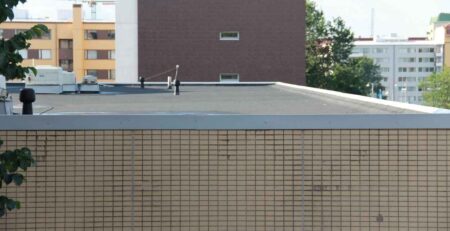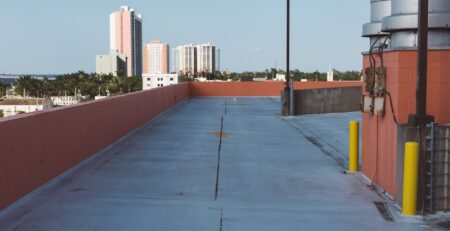What Is Roofing Felt Used For
Roofing felt, a staple in the construction industry and an indispensable component for professional roofers, plays a crucial role in various aspects of roofing projects. Its versatility is unmatched, from providing waterproofing protection to acting as a moisture barrier. But its utility goes beyond mere protection; roofing felt aids in surface preparation and prevents leaks effectively. Often overlooked, this material is a foundational underlayment for different roofing materials. The question remains: how does roofing felt manage to fulfill these diverse functions seamlessly?
Waterproofing Protection
Roofing felt is commonly used to provide essential waterproofing protection for buildings as a barrier against moisture infiltration. Apart from its primary function, roofing felt also offers insulation properties, helping regulate the structure’s temperature and reduce energy costs. When properly installed and maintained, its longevity ensures prolonged protection for the building’s structure. From an environmental standpoint, roofing felt can be manufactured using recycled materials, reducing its environmental impact. Its cost-effectiveness makes it a popular choice for builders looking to balance quality and budget. Overall, roofing felt plays a crucial role in safeguarding buildings from water damage, enhancing energy efficiency, and offering a reliable solution for waterproofing needs.
Moisture Barrier
Protecting a building from moisture infiltration is critical to maintaining its structural integrity and longevity. Roofing is an essential moisture barrier, preventing water from seeping into the building structure. In addition to its primary function, roofing felt acts as an insulation barrier, enhancing energy efficiency by reducing heat loss and improving overall thermal performance. Furthermore, the material can serve as a soundproofing layer, helping to minimize noise infiltration and providing a quieter indoor environment. By incorporating roofing felt as a moisture barrier, buildings can benefit from improved energy efficiency, reduced noise levels, and enhanced protection against moisture-related damage, ultimately contributing to the longevity and durability of the structure.
Surface Preparation
Proper surface preparation is essential before roofing is installed to ensure optimal adhesion and performance. It is crucial to follow specific installation tips to achieve the best results. The advantages of thorough surface preparation include enhanced durability and weather resistance. However, there are also disadvantages to overlook, such as increased time and effort required. To ensure a successful roofing felt application, consider the following:
– Clean the Surface: Remove debris, dirt, or old materials.
– Repair Damage: Fix any leaks, holes, or damage on the roof.
– Apply Primer: Use a suitable primer to improve adhesion.
– Check Moisture Levels: Ensure the surface is dry before installation.
– Smooth Out Uneven Areas: Create a flat surface for the roofing felt.
Leak Prevention
To prevent leaks in roofing systems, meticulous attention to detail during installation is paramount. Damage prevention starts with ensuring that the roofing felt is correctly installed, with no gaps, wrinkles, or tears that could compromise its effectiveness. Properly sealing all edges and overlaps is crucial to creating a watertight barrier. Regular maintenance is also essential for leak prevention. Conducting routine inspections to check for any signs of damage, such as missing shingles or deteriorating flashing, can help catch potential issues early. Prompt repairs of any identified problems will help extend the roof’s life and reduce the risk of leaks. Following these maintenance tips will contribute to a durable and leak-free roofing system.
Roofing Material Underlayment
The importance of roofing material underlayment must be balanced when considering roofing systems. This crucial layer is installed directly onto the roof deck before the shingles or other roofing materials to protect against leaks and weather elements. Roofing underlayment acts as a secondary barrier in case of shingle blow-off or water intrusion, enhancing the overall performance and lifespan of the roof. Here are some key reasons why roofing material underlayment is essential in roofing installation:
– Waterproofing: Prevents water infiltration.
– Protection: Shields the roof deck from damage.
– Durability: Enhances the longevity of the roof.
– Insulation: Provides thermal insulation.
– Sealant: Acts as a seal against leaks.

